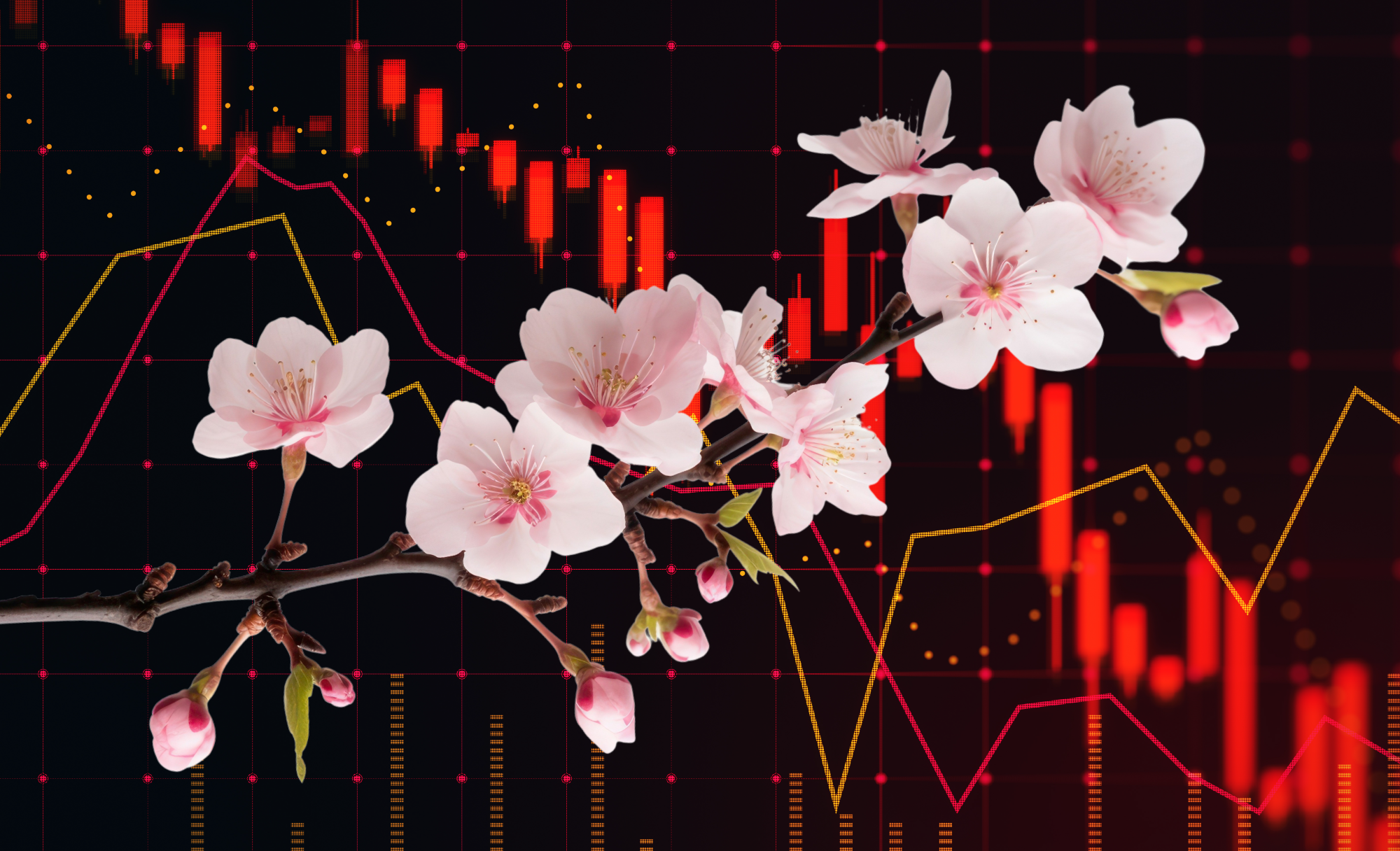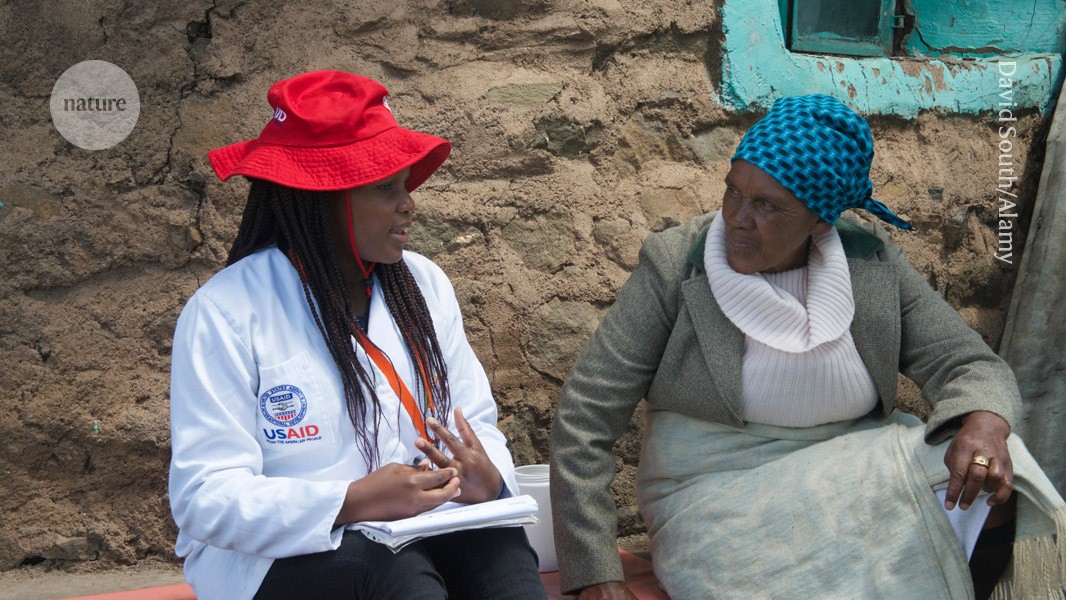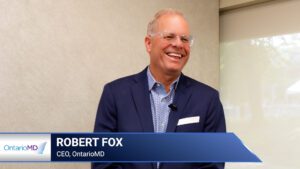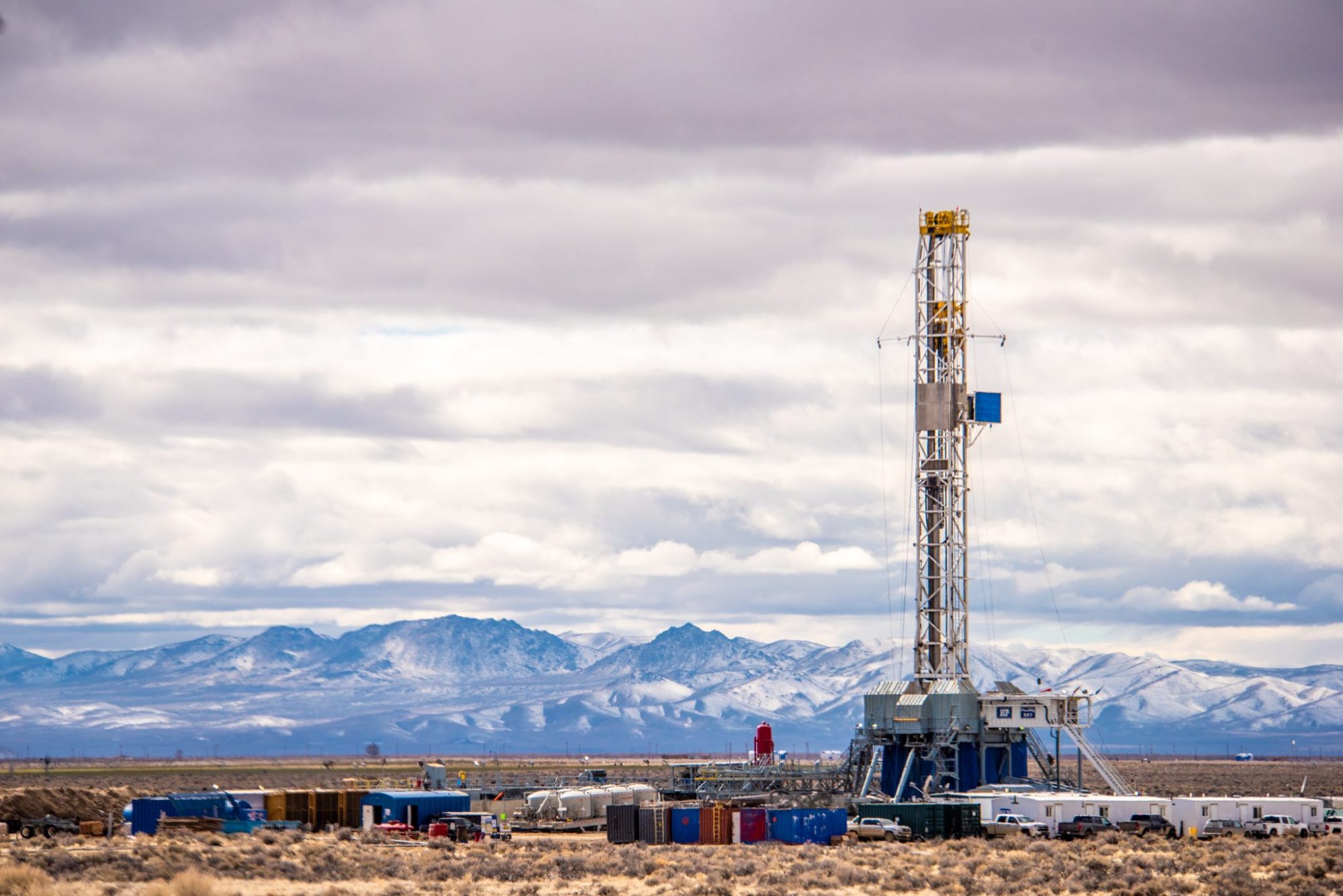How sustainability professionals can thrive in a tough job market
Whether you’re hunting for a new position or trying to keep the one you have, there's a lot you can do to achieve your goals. Industry experts weigh in. The post How sustainability professionals can thrive in a tough job market appeared first on Trellis.

Lingering economic uncertainty combined with corporate backpedaling on ESG priorities have many sustainability professionals worried about job security, especially as corporations of every size brace for a potential recession in the second half of 2025.
“I’m definitely getting more resumes and more calls than normal,” said Ellen Weinreb, CEO of Weinreb Group Sustainability Recruiting, “and we’re definitely in an interesting time of uncertainty. I’d say the biggest stressor is that we just don’t know how long this is going to last.”
The net result: Companies are more cautious about filling open positions — and more thoroughly screening candidates before making offers.
“Sustainability practitioners have regularly been reaching out to me with news that they’ve lost their jobs and asking for my help and support,” said Sephora Director of Sustainability Desta Raines in a late May post on LinkedIn. “At first it was just a few, then as the months have gone by I’ve heard of more and more job losses. Suddenly last month it was me. My role at Sephora was eliminated, too.”
Be selective about your employer
Companies are trying to fill more sustainability related positions than you might expect — albeit fewer CSO-level roles — but Raines is focusing her search on companies that hold senior leaders accountable for their ESG agenda through key performance indicators and metrics that cascade throughout the workforce. “So many people find themselves in positions where that is not necessarily the case,” Raines said.
Sustainability career experts and job seekers say landing a new job in the current economy — or making yourself more valuable to your current employer — comes down to one big thing. It’s the same quality that sustainability professionals have been talking up for years: The ability to link emissions reductions and other environmental initiatives to business value creation.
“Now more than ever, chief sustainability officers and sustainability professionals need to link their work to the strategic objectives of the organization,” said Nicole Darnall, the Arlene R. and Robert P. Kogod Eminent Scholar Chair in Sustainability at American University, for both the Kogod School of Business and the School of Public Affairs. “The ability to demonstrate business value is much more imperative,”
Taking the time to understand how a given company’s leadership views sustainability within its decision-making hierarchy is especially crucial for finding and keeping a job in this economy, said Trish Kenlon, founder of Sustainable Career Pathways, who’s also a Trellis columnist. She pointed to research on the six archetypes that typically shape how corporations govern ESG and sustainability.
“You need to make sure the business value you’re creating is in alignment with what your stakeholders are looking for,” Kenlon said. “You could be following the perfect playbook but you need to be attuned to what the organization is really looking for. Make sure you understand the assignment.”
Focus on what’s financially and strategically material
For every anecdote or example about companies dialing back on climate commitments, as PepsiCo did in late May, there’s a counter-narrative about one sticking to its strategy, such as Microsoft’s proclamation one week later.
But one thing is true at every well-managed company, and it isn’t particular to corporate sustainability: Any initiative that isn’t business-critical or material is vulnerable to cost-cutting. Thus, insiders stressed, sustainability professionals should be proactive in reviewing their team’s work and anchoring its priorities in what’s core to revenue generation.
“Position ESG as a strategic enabler, not a compliance function,” said Pamela Gill-Alabaster, who left her position this month as global head of ESG and sustainability for Tylenol maker Kenvue. “Embed sustainability into cross-functional teams from supply chain to marketing to R&D so your role is seen as mission-critical to delivering future business performance.”
The person leading sustainability at Kenvue, for example, is part of the company’s research and development organization. (Gill-Alabaster, who is hunting for her next position, teaches a graduate-level course in ESG corporate strategy at Columbia University.)
If your team is driving cost savings, now is the time to call that out loudly, said J.R. Siegel, vice president of sustainability for software company Worldly, in response to my LinkedIn post seeking feedback on this topic.
“Does the sustainability team pay for itself through the cost-savings initiatives the team has identified, led or operationalized?” he asked. “De-risking is equally important, but it’s harder to put a financial number on that work. Finally, has the team done anything that’s led to new business growth drivers? In the end, the ability to save money or generate revenue in a way that other teams don’t see is a great way to stay relevant during a recession. Sustainability provides a unique lens on a business.”
Empower other business leaders
The trend of embedding accountability for sustainability into an operational line of business is a goal that has often been equated with a maturing of the profession.
“The more you can empower functions like finance, operations, human resources and brand teams to own ESG outcomes, the more embedded and indispensable your role becomes,” said Gill-Alabaster.
That shift is being accelerated by the emergence of artificial intelligence, noted Darnall, and sustainability pros can stand out by anticipating this and helping business leaders across their organization translate this into specific projects. “This is exploding, and we are just beginning to understand the impacts,” she said.
If you and your team have been obsessed with preparing for reporting regulations, it’s time to shift that mentality, said author Matthew Sekol, a Microsoft “sustainability black belt” who helps advise the company’s customers, in response to my LinkedIn post.
“Nothing is recession or future-proof, but if you’re working on disclosures only or non-material or non-stakeholder issues, you are cooked,” he said. “Sustainability professionals just spent the past few years understanding every minute detail of the business to repurpose that data for reporting. Don’t squander the opportunity for improvements and innovations that you are sitting on. You’ve done way more than you think!”
Create a ‘brand’ book for yourself
Keeping a detailed, metrics-laden record of completed projects is a useful resource both as a proof point during career discussions with your current employer or to ground your resume if you’ve been laid off, said Ashley Fahey, former senior manager of global product sustainability at Kohler, who left the company in May.
“Every time you complete a project, deliver something on time or support a business win, take note of it and make sure your leadership team knows about it,” she said. “Don’t be afraid to toot your own horn.”
Fahey, who has also worked at Steelcase and Goodyear — and was part of the 2019 Trellis 30 Under 30 cohort of rising sustainability leaders — is using the “brand book” she’s kept throughout her career for her own job search.
“Especially if you lose your position, a brand book can help in finding your next position,” she said. “Seeing evidence of other people commenting on your work is so much more powerful than you just telling someone that you would be an asset to their team.”
The post How sustainability professionals can thrive in a tough job market appeared first on Trellis.






















































































































































